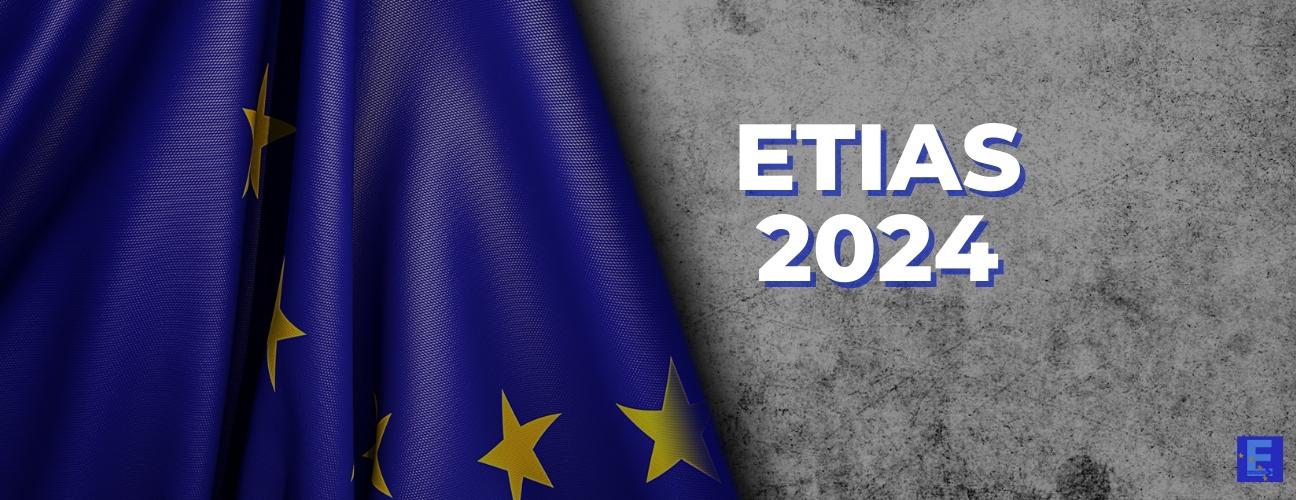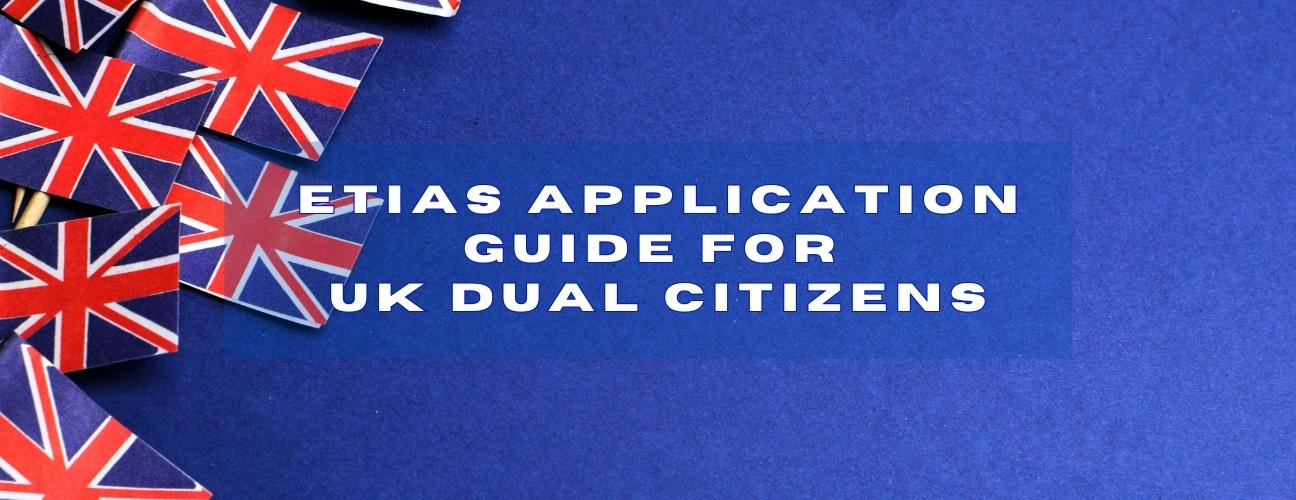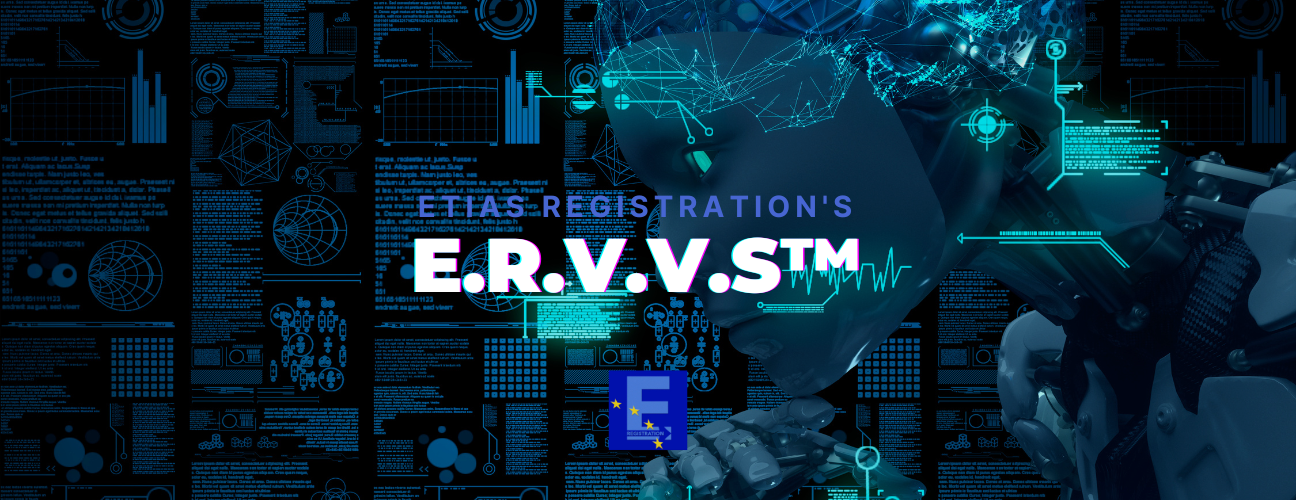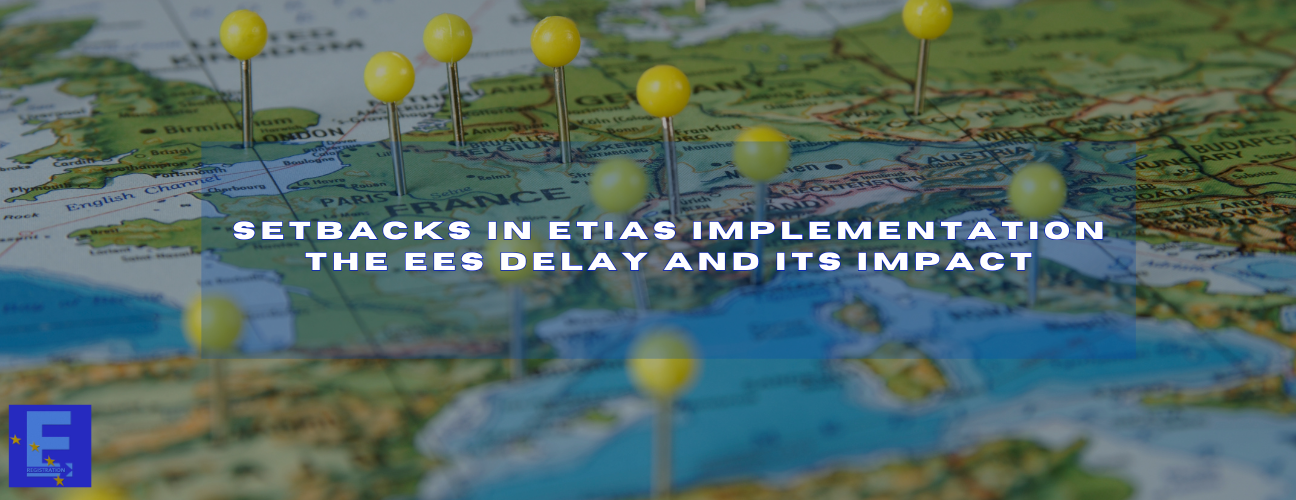The Entry/Exit System (EES), aimed at modernizing EU border management, may face additional delays due to concerns raised by France, Germany, and the Netherlands. These countries are grappling with technical and operational challenges, putting the scheduled November 2024 launch at risk. The EES, which will record biometric data like fingerprints and facial recognition for non-EU travelers, has already been delayed multiple times, initially set for summer 2023.
What is the EES?
The EES is a major initiative to track the entry and exit of non-EU travelers in the Schengen Area. Designed to replace manual passport stamping, it will use biometric data to ensure more accurate monitoring of time spent within the EU. This system is expected to enhance border security, prevent overstays, and improve migration management.
Challenges from Key Countries
France, Germany, and the Netherlands, key players in EU border management, have expressed concerns about the technical infrastructure and readiness needed to support the system’s rollout. These nations are vital for the processing of high traveler volumes, and their readiness is critical to the success of the EES.
History of Delays
The EES has faced multiple postponements. Originally planned for summer 2023, the launch has now been pushed to November 2024. However, with key EU nations struggling with the necessary preparations, another delay may be looming.
Impact of Delays
A further delay could impact the EU’s broader goal of improving security and migration management at external borders. The Schengen Area’s passport-free travel is under growing pressure to enhance its border control mechanisms, making the EES a crucial component of future migration policies.
Future Outlook
As the November 2024 deadline approaches, continued monitoring will be crucial to determine if further delays will occur. While the EU remains committed to the system’s implementation, the readiness of individual member states remains a significant challenge.














































